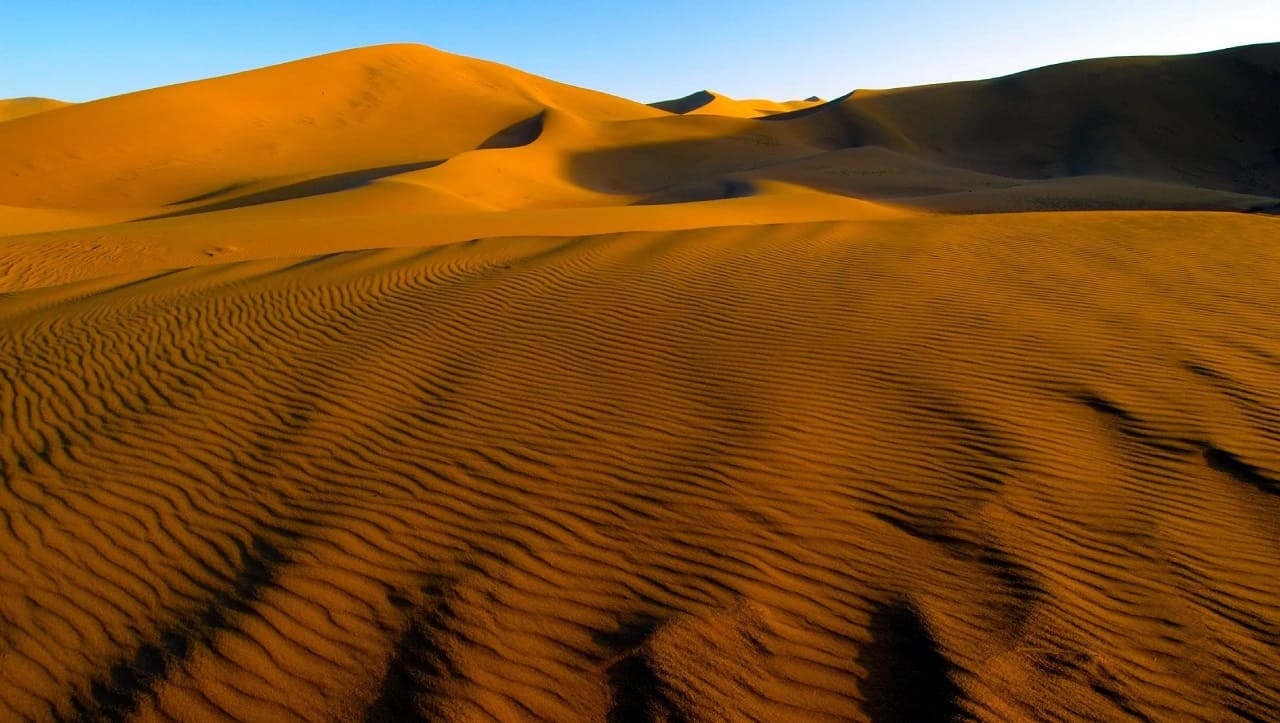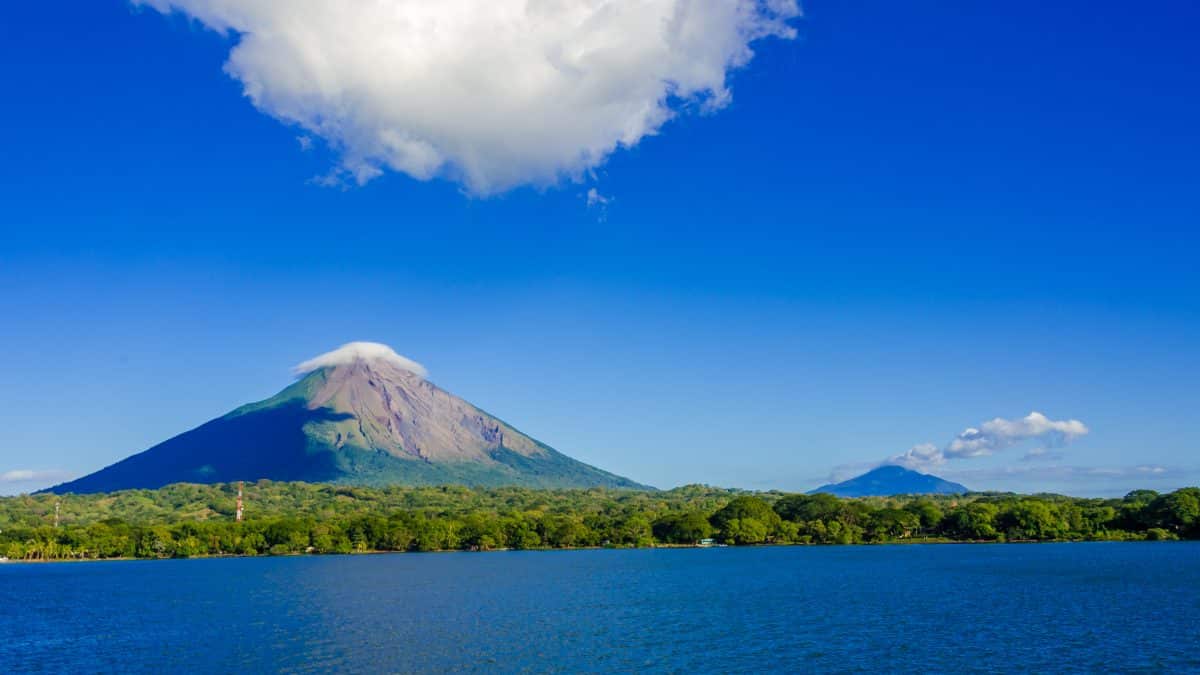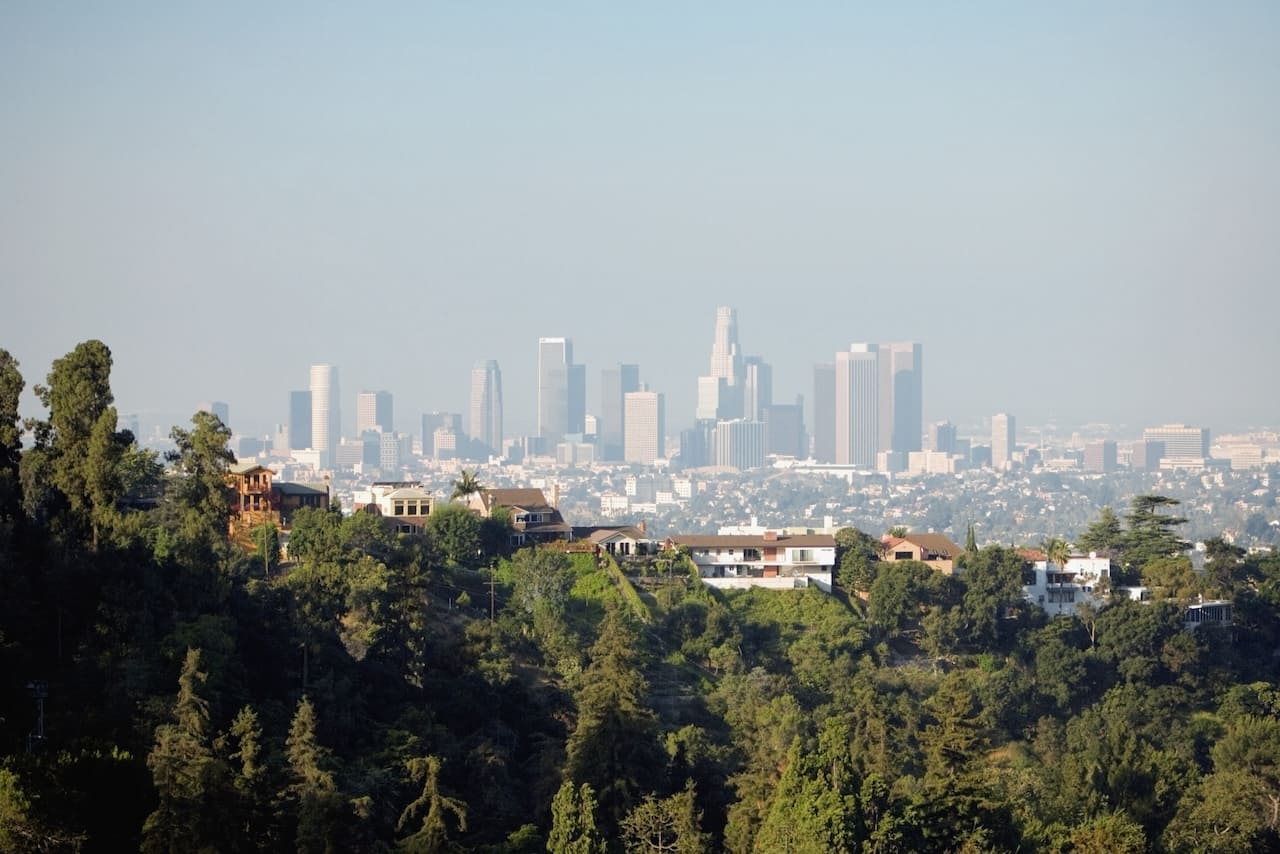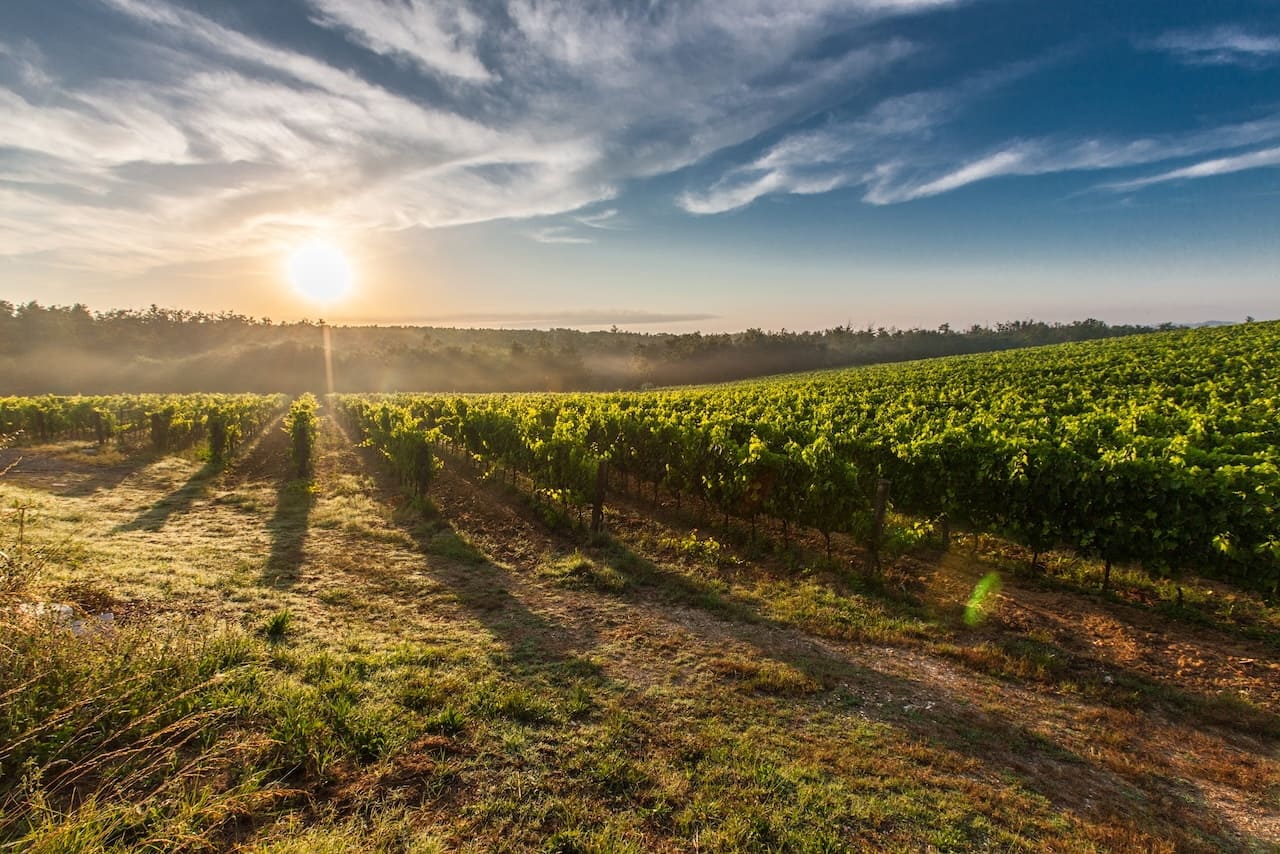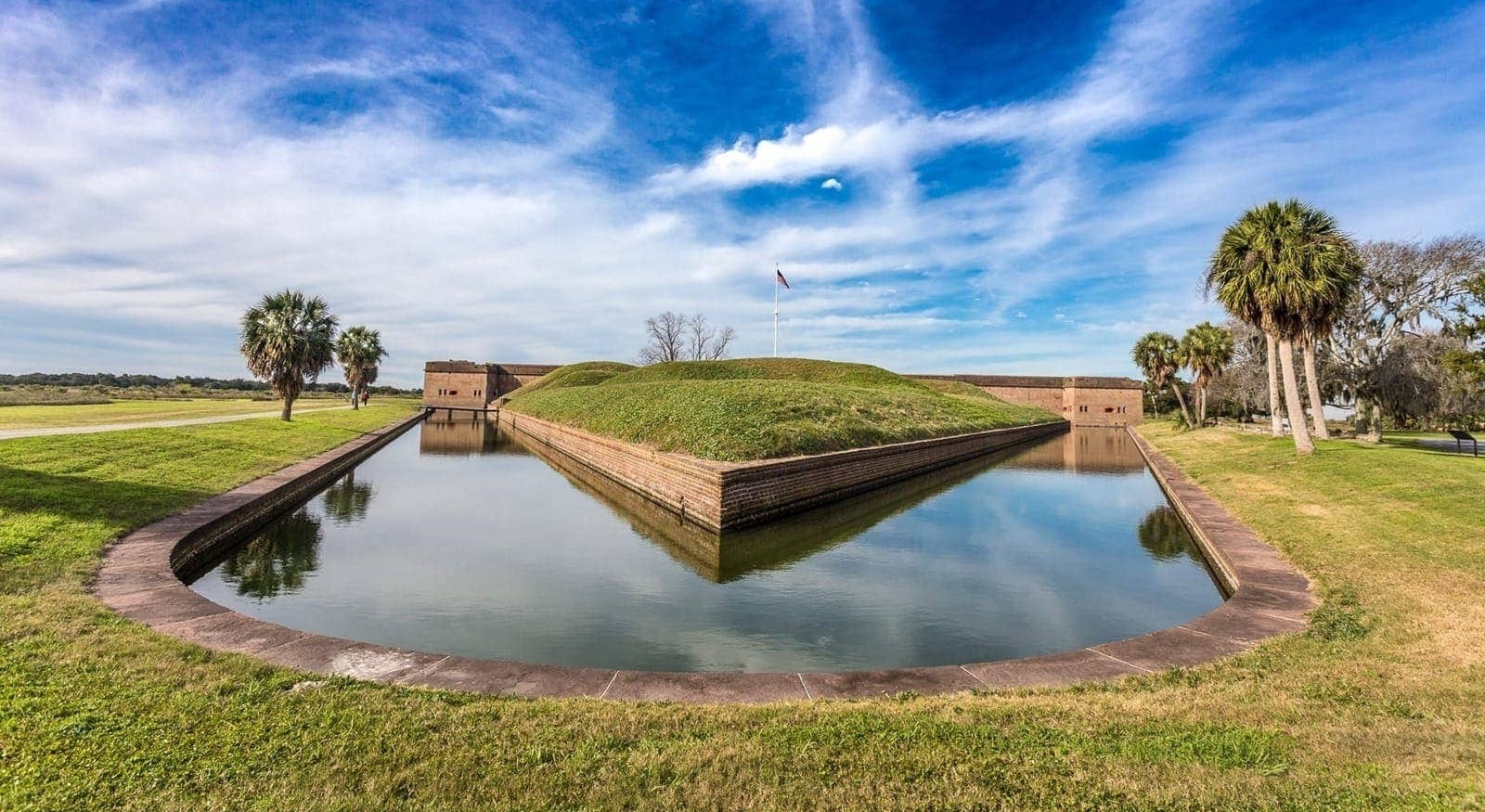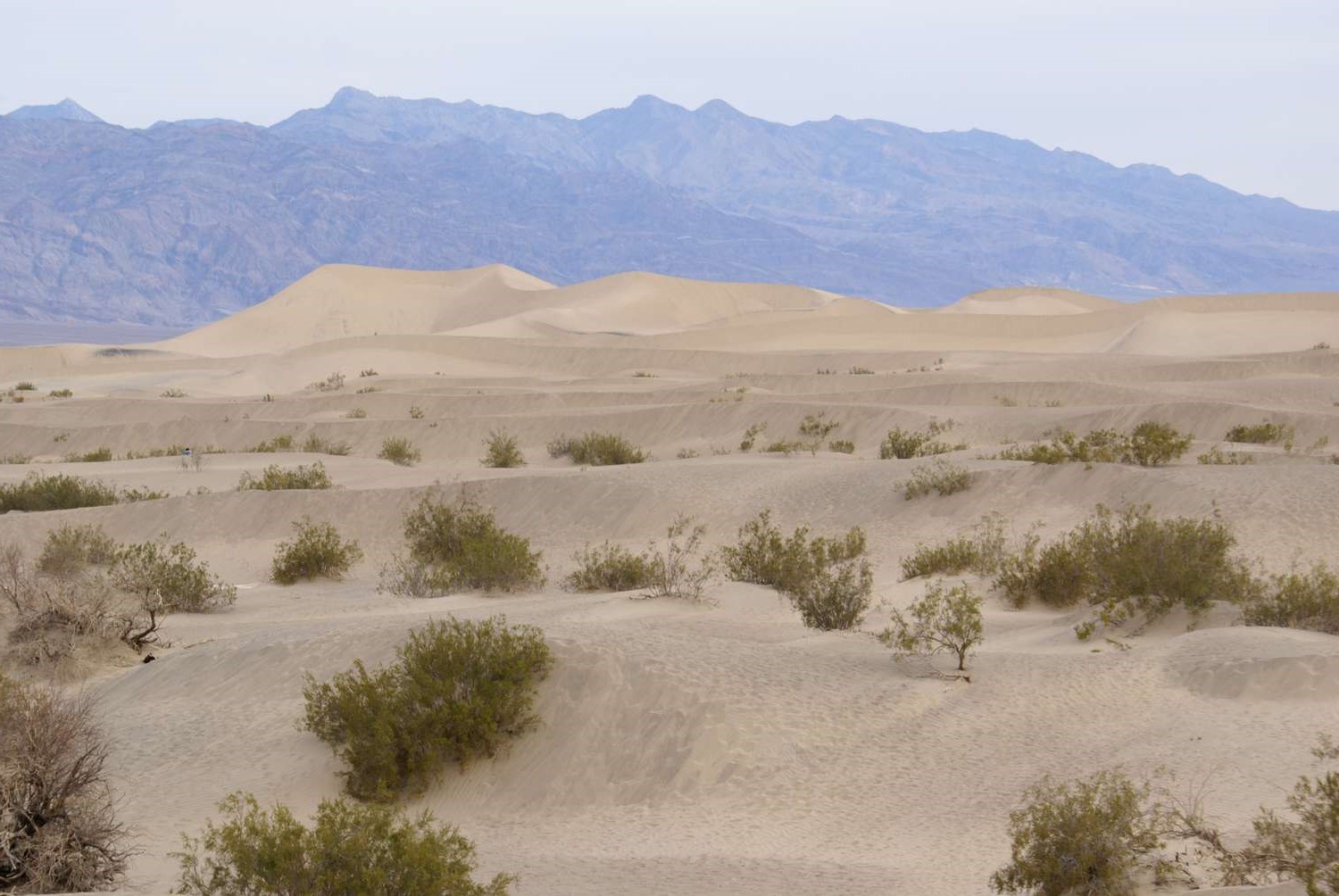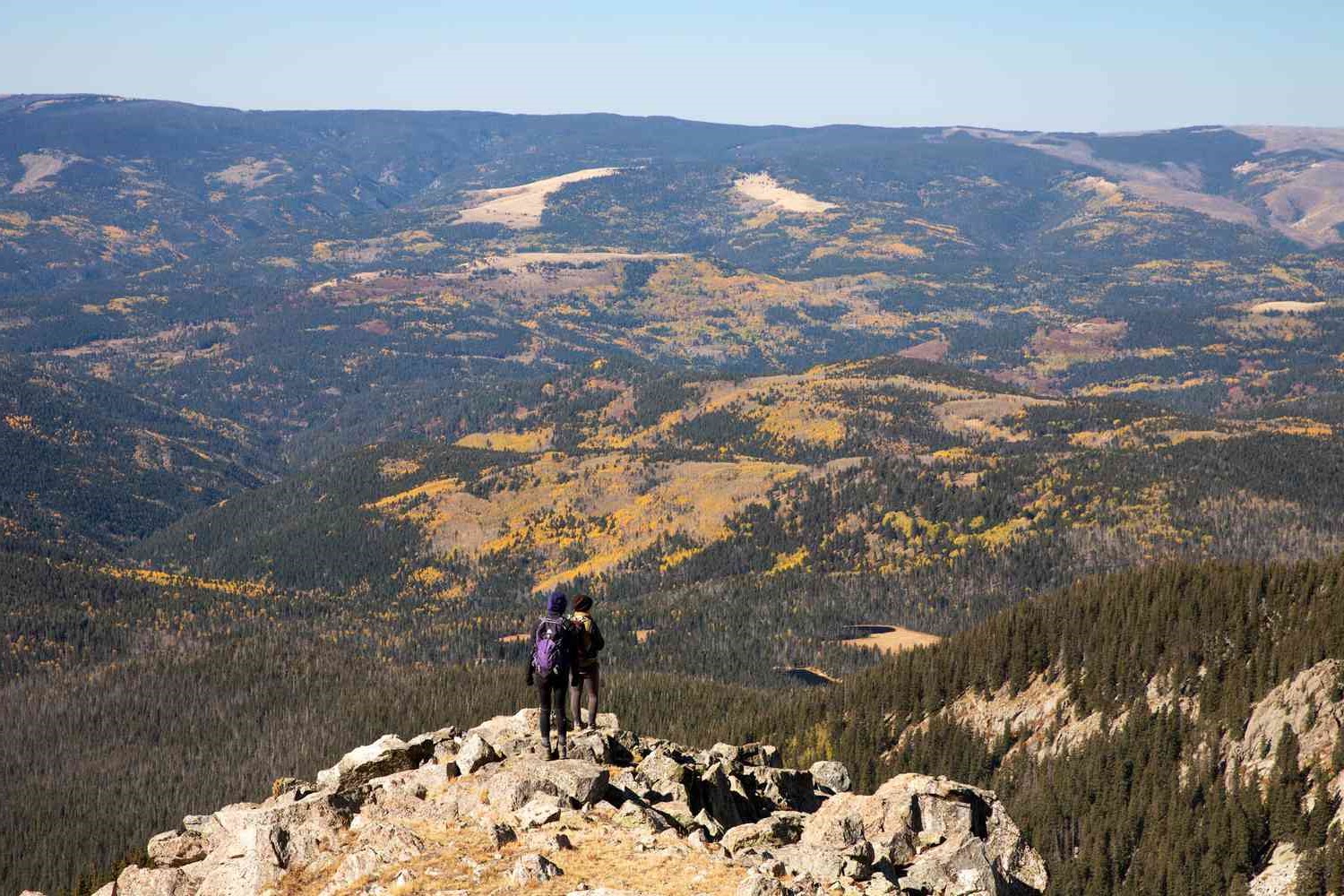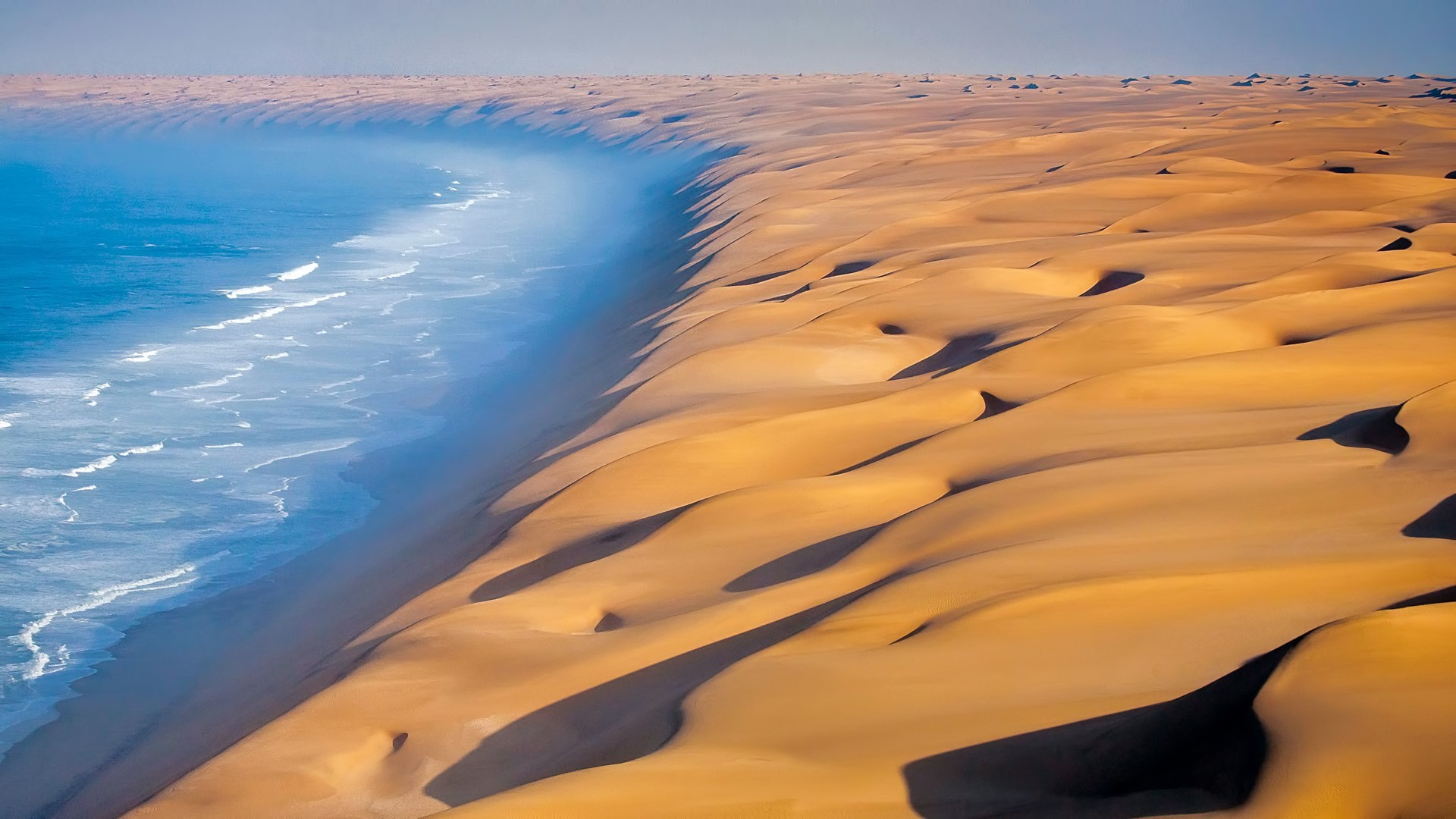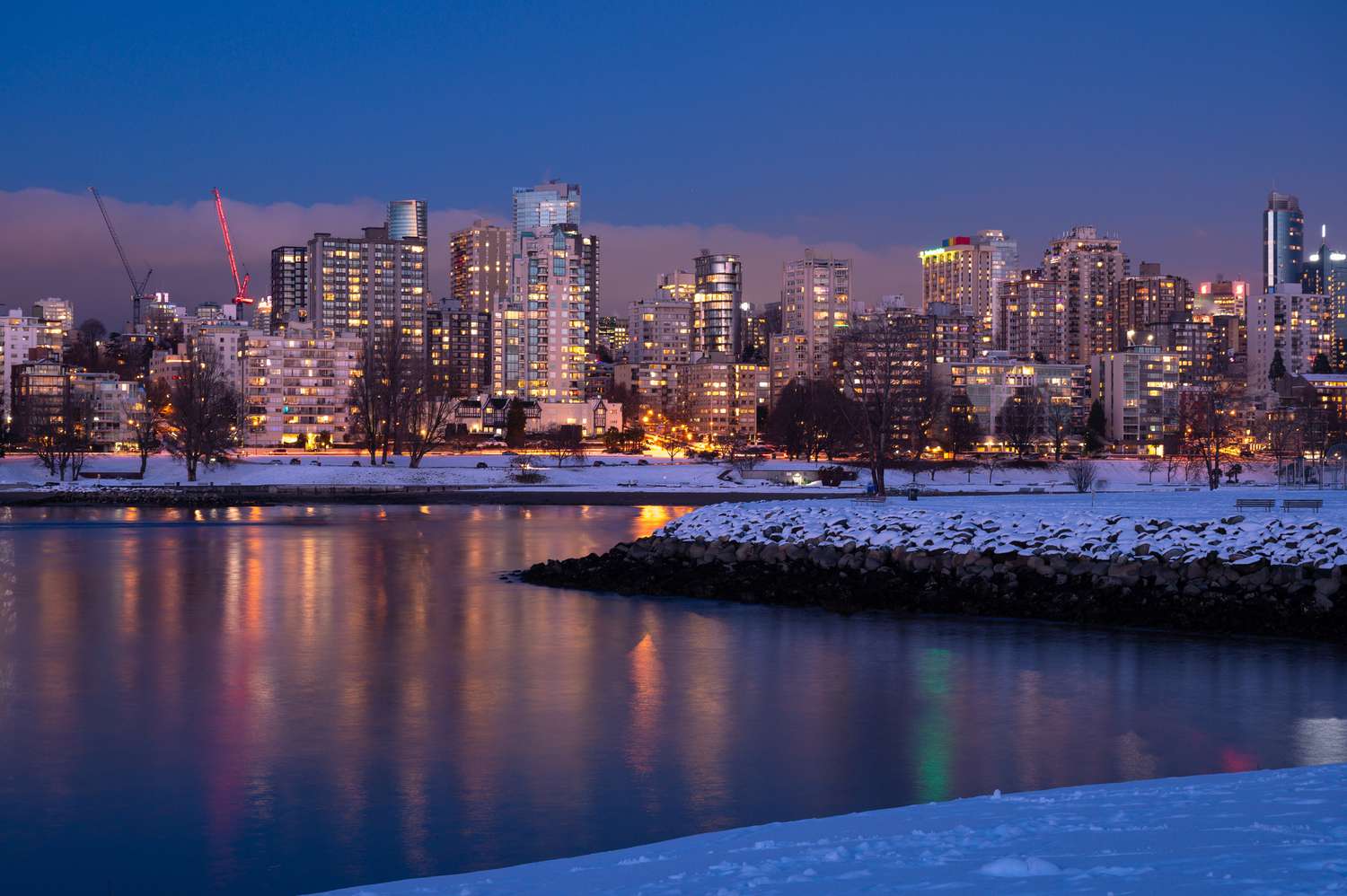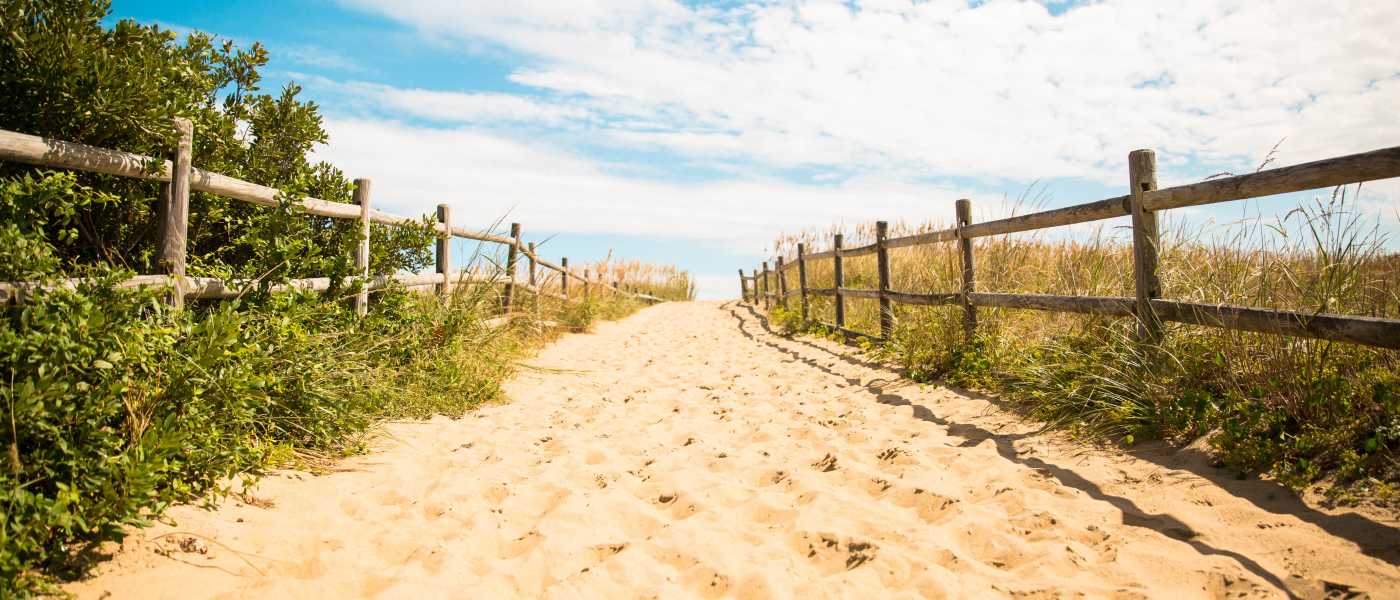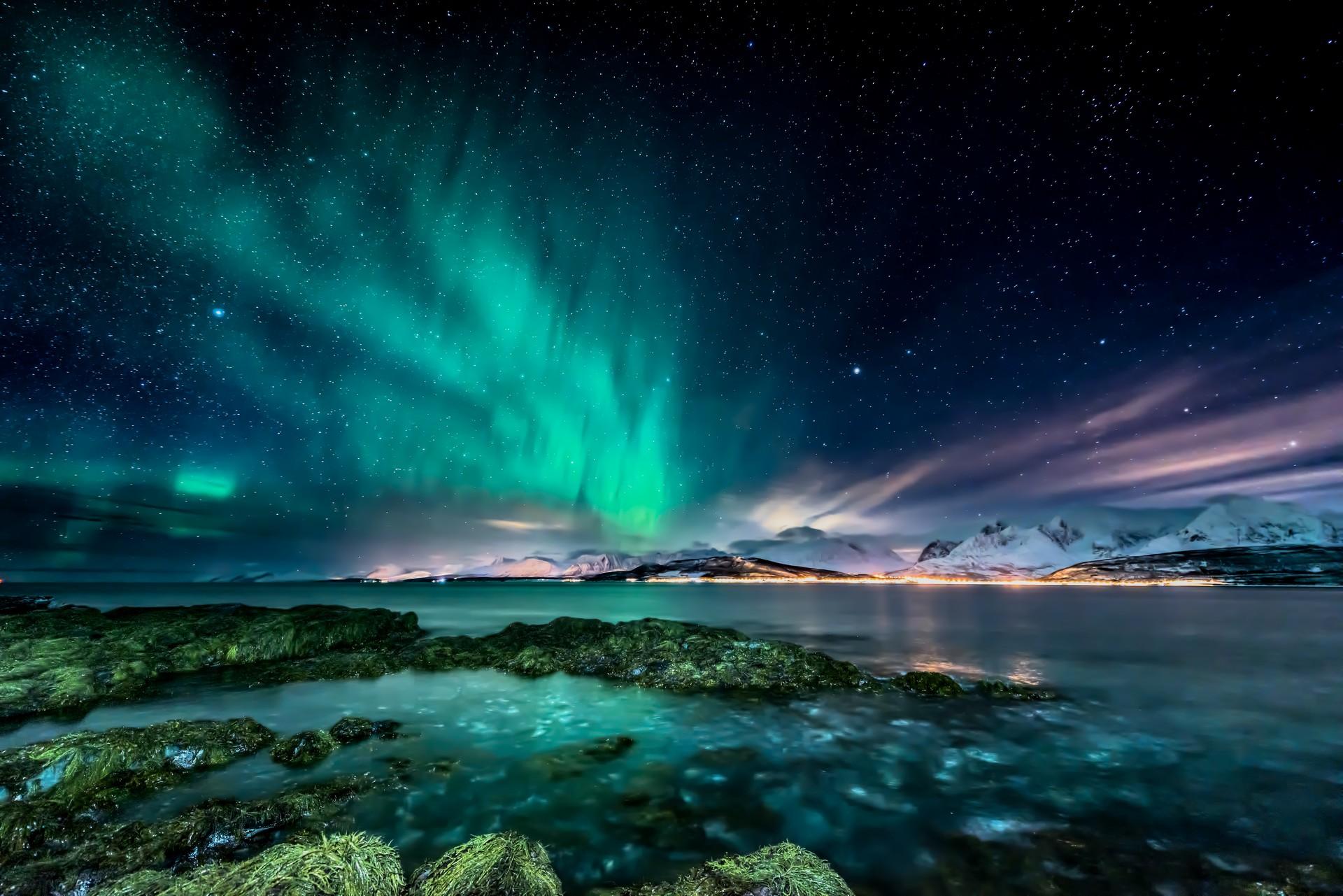Home>Weather and Climate>How Does the Mohave Desert Climate Affect Wildlife?
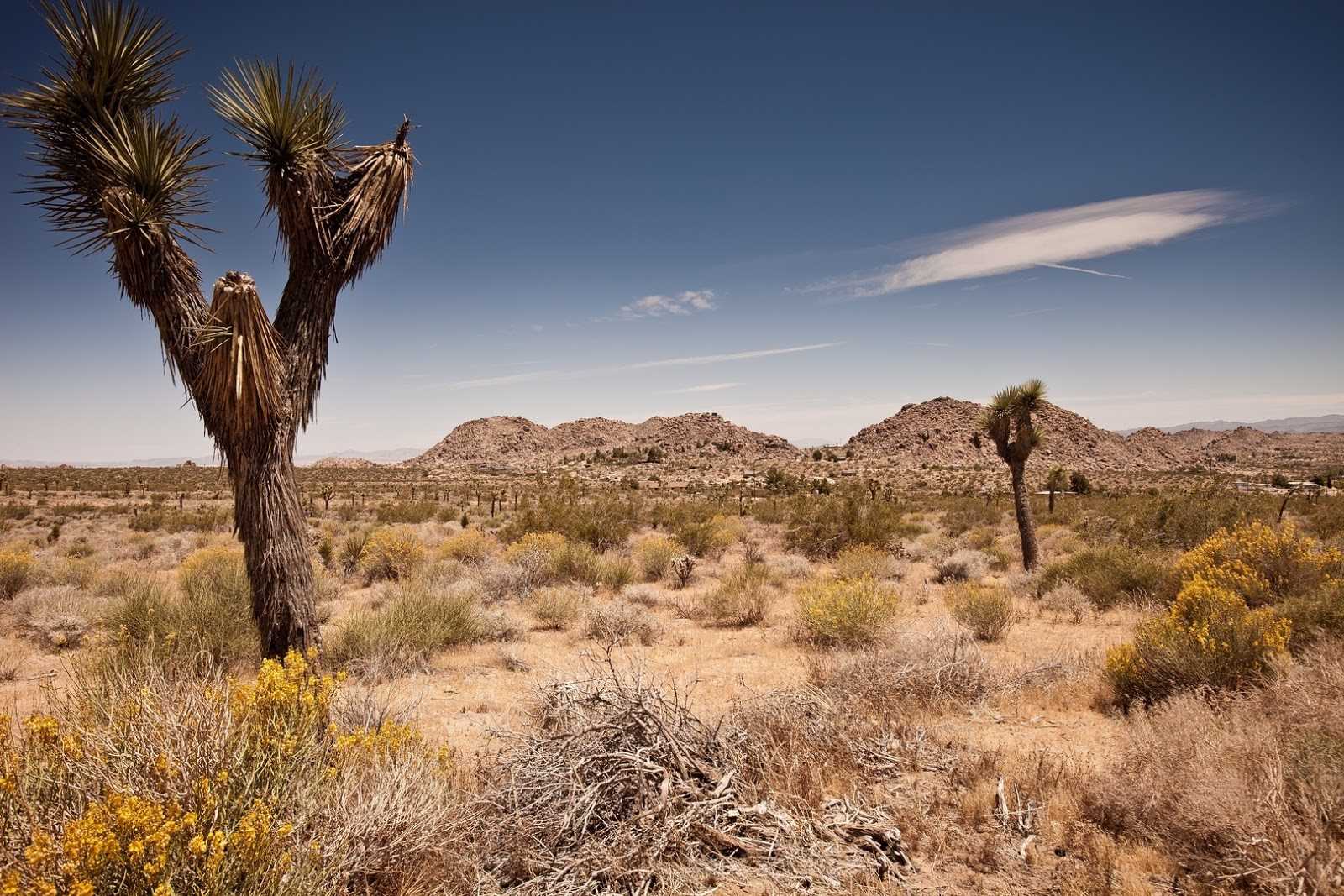

Weather and Climate
How Does the Mohave Desert Climate Affect Wildlife?
Published: June 15, 2024
Discover the weather and climate of the Mohave Desert. Learn what you need to know about this unique climate region.
(Many of the links in this article redirect to a specific reviewed product. Your purchase of these products through affiliate links helps to generate commission for Temperatures.com, at no extra cost. Learn more)
Exploring the Mohave Desert's climate, I've learned it's a land of extremes. Summers here are scorching, with temperatures often soaring above 100°F. Imagine stepping out into a natural oven, where the sun's rays feel like they're baking everything in sight. That's a typical day in the Mohave during July or August. But it's not just the heat that defines this desert; it's the stark contrast between day and night temperatures. Once the sun dips below the horizon, don't be surprised if you need a jacket, as temperatures can plummet by as much as 40 degrees.
Winter tells a different story. While you might expect desolation, the reality is more nuanced. Sure, some days are chilly, with temperatures hovering around 40°F, but clear, sunny skies often accompany these cooler days, offering a reprieve from the biting cold. And rain? It's a rare guest, but when it arrives, it transforms the landscape, coaxing life from the seemingly barren ground.
So, if you're planning a visit or just curious, remember, the Mohave isn't just about enduring the heat. It's about witnessing resilience, where life thrives against the odds, under a canopy of the most brilliant stars you've ever seen.
